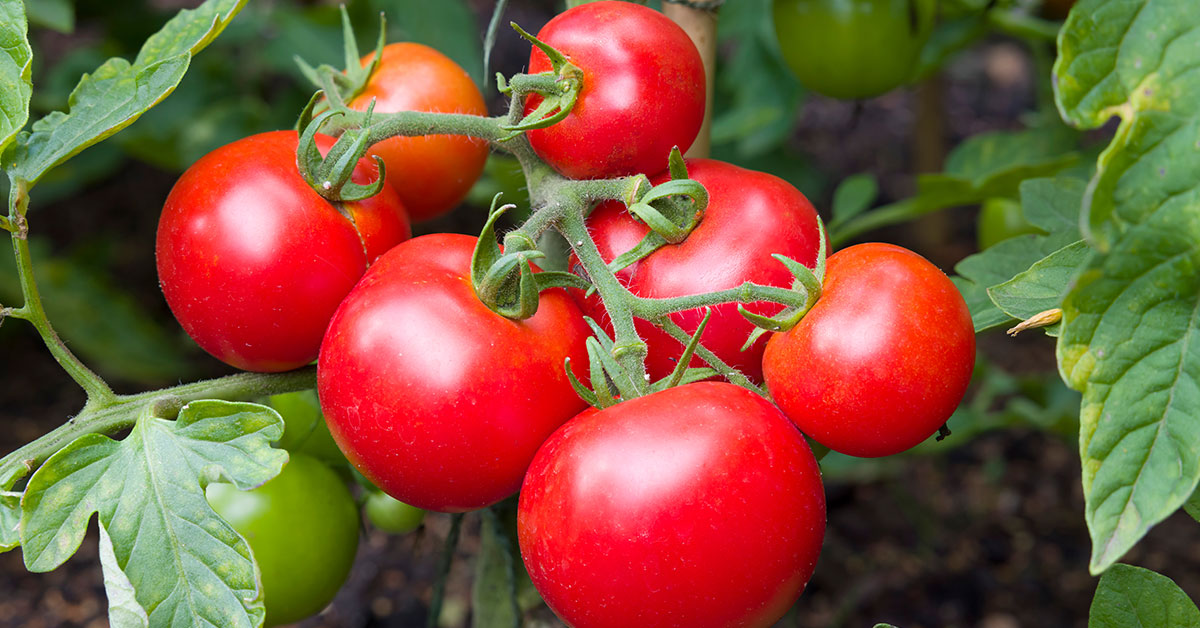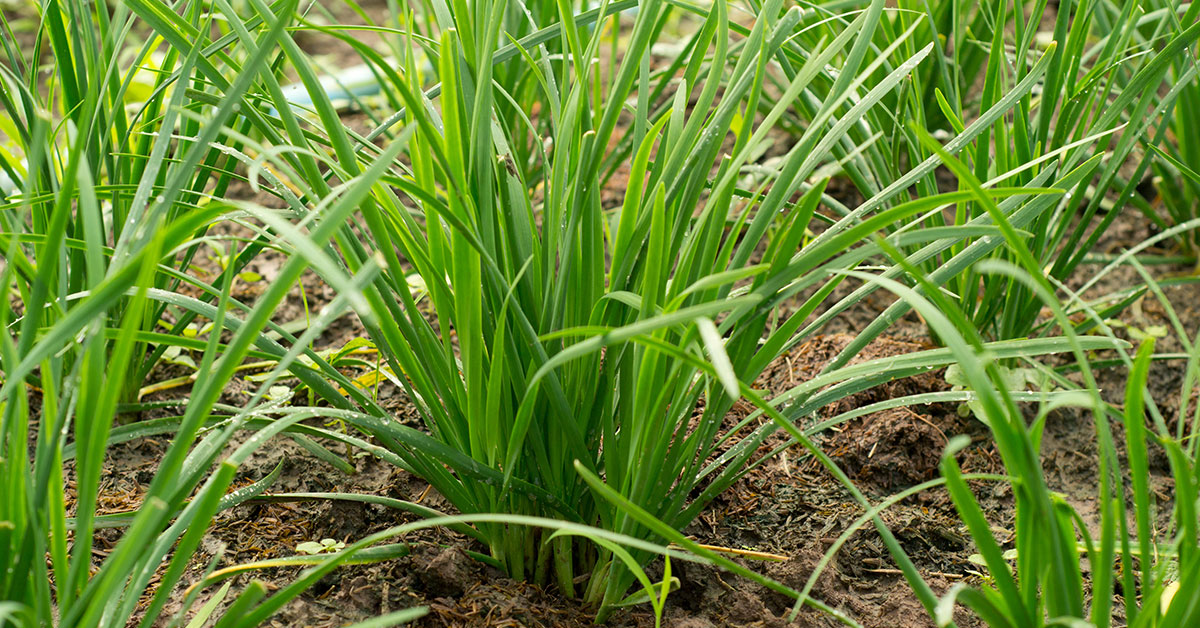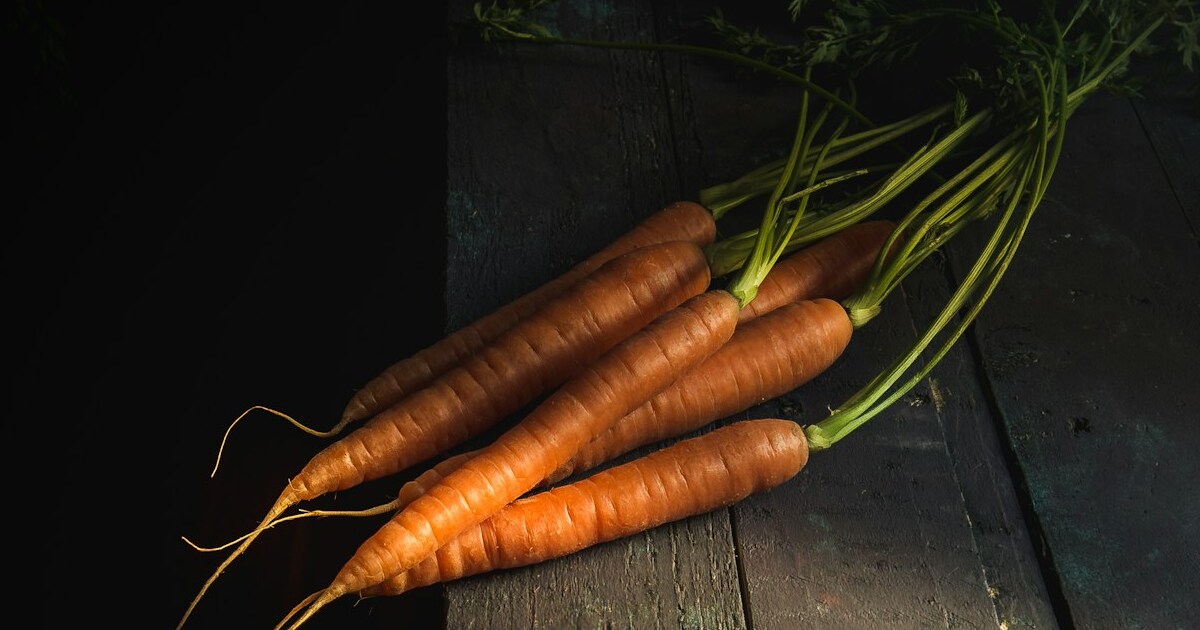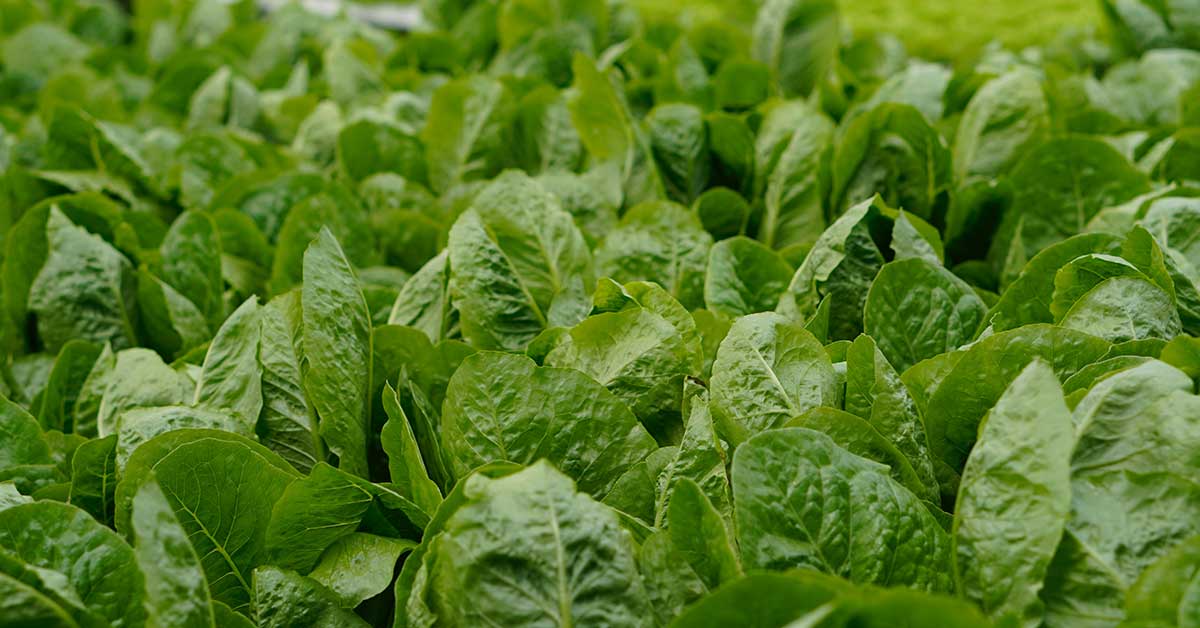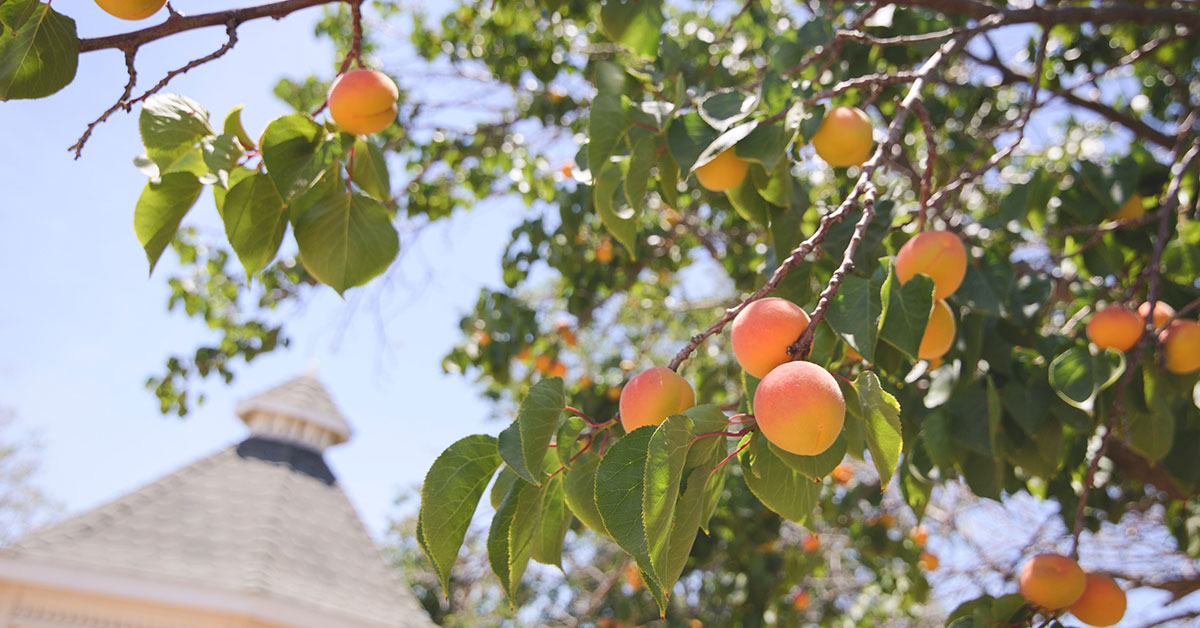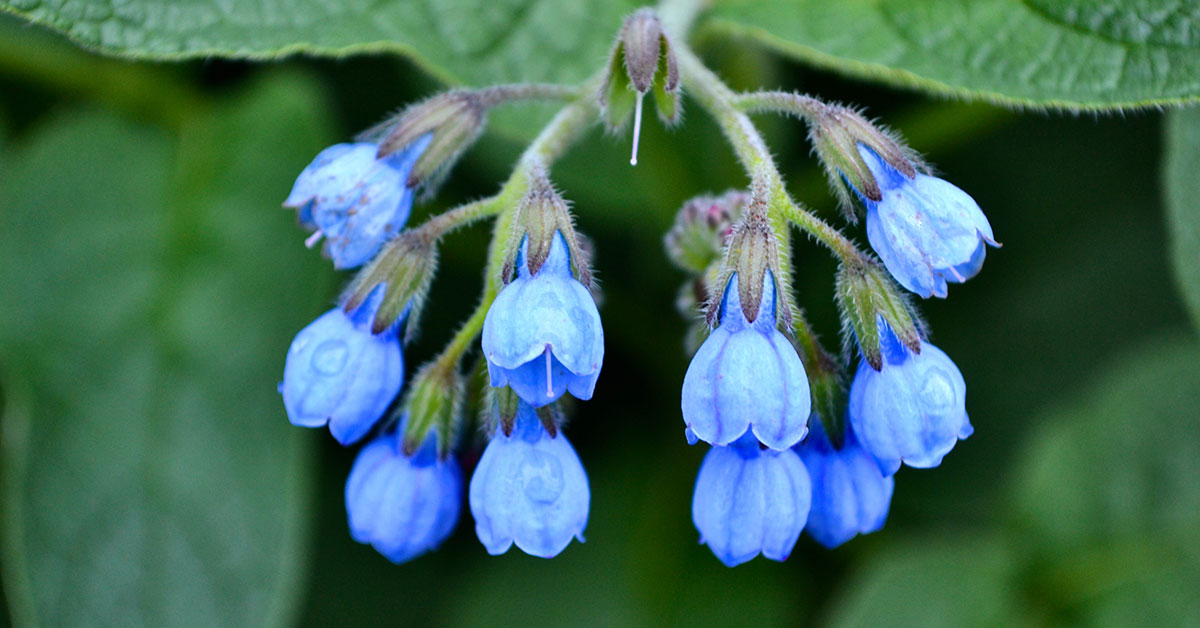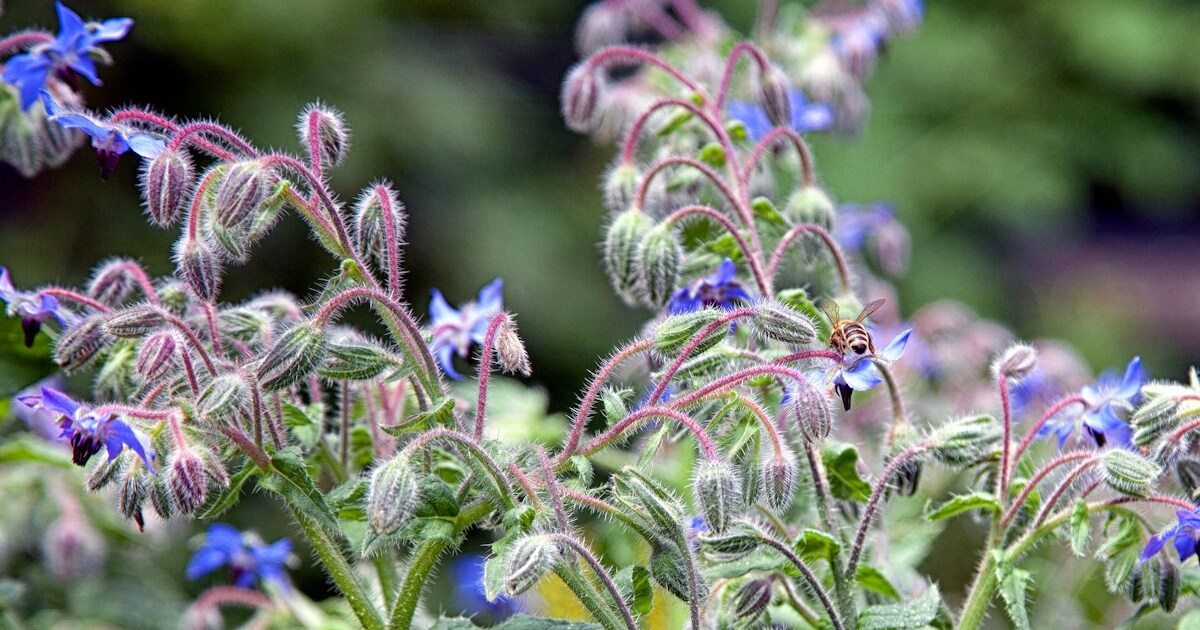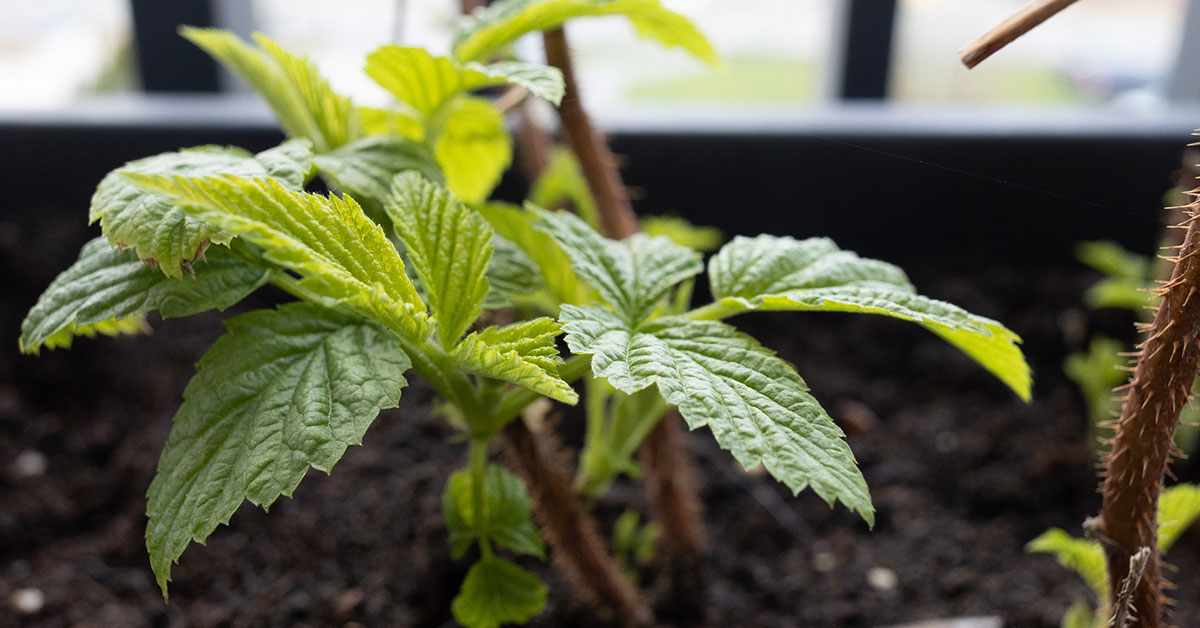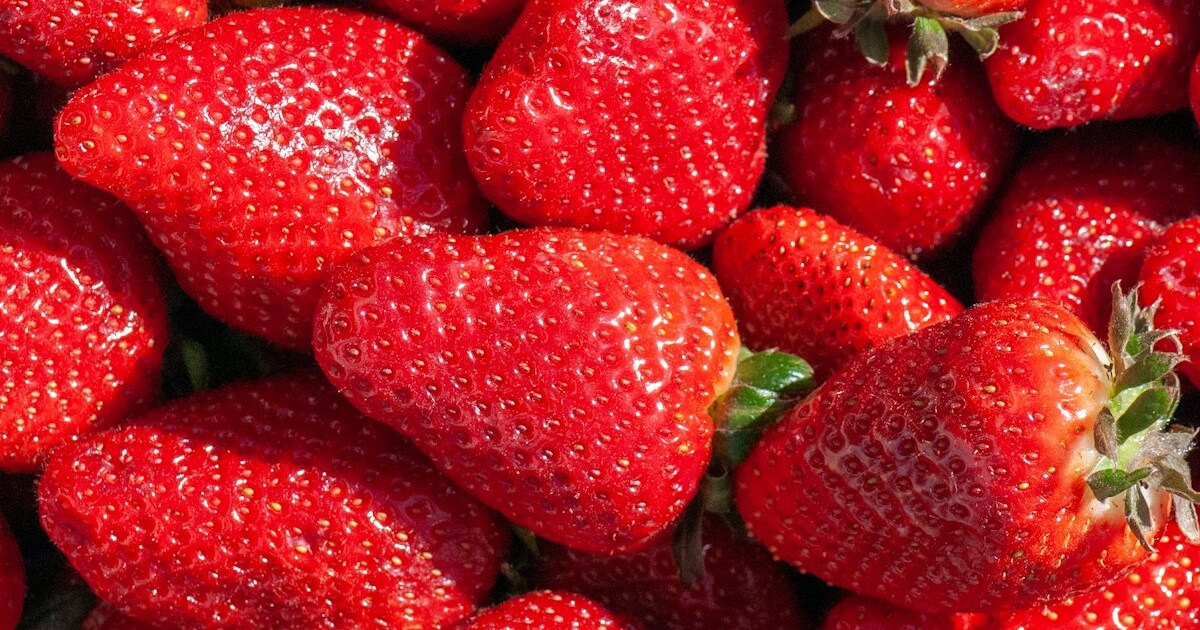Vertical gardening is a creative and space-saving way to cultivate your favorite vegetables, and as an avid gardener, I’m excited to share 9 fantastic options that thrive when trained upward! I understand the challenges of limited space and the frustration when traditional garden layouts don’t quite meet your needs. In this article, I’ll walk you through a diverse selection of vegetables—each with fascinating native origins, unique growth habits, and even subtle behaviors like attracting beneficial insects for nesting—that are ideal for a vertical garden setup. Let’s transform those blank walls and narrow spaces into vibrant, edible canvases!
Every vegetable on this list brings its own character and charm, from vigorous climbers that love to scale trellises to upright growers that are naturally predisposed to vertical growth. I know how rewarding it feels to watch your garden flourish, and with these choices, you can enjoy a bountiful harvest while saving space and adding an artistic flair to your garden.
Pole Beans
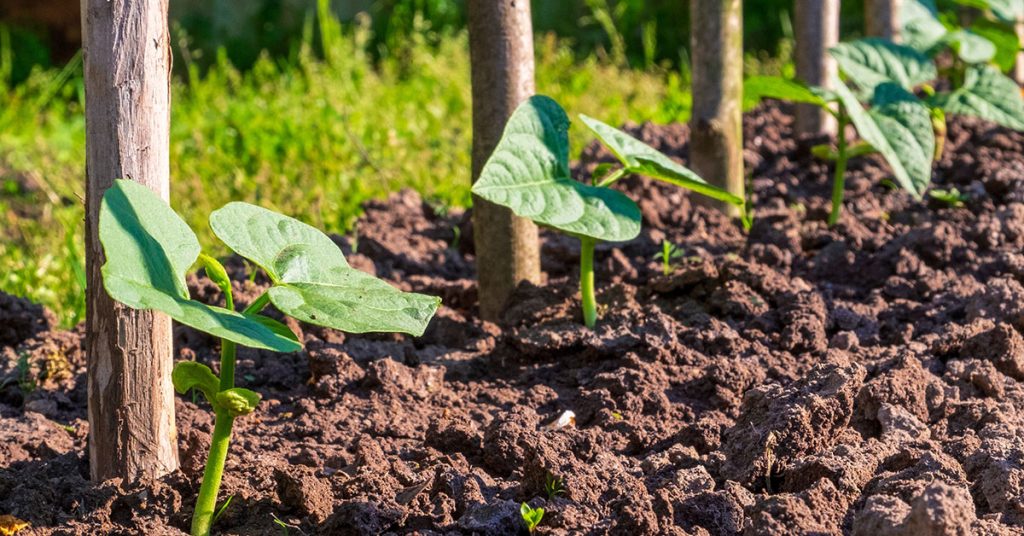
Pole Beans are a classic choice for vertical gardening, renowned for their vigorous climbing habit and delicious, slender pods. Native to Central and South America, these beans flourish when provided with a sturdy trellis or string, making them a perfect candidate for vertical gardens. I’ve always admired their energetic growth and the way they naturally wind around supports, creating a living tapestry that is both productive and visually appealing!
In addition to their culinary benefits, Pole Beans also contribute to the garden ecosystem by attracting tiny beneficial insects that sometimes nest within their lush foliage. Although they are not considered invasive when managed properly, their rapid climbing habit means that regular pruning or support adjustments might be needed to keep them in check. Their ability to fix nitrogen in the soil makes them an eco-friendly option, enhancing soil fertility as they climb skyward!
Tomatoes

Indeterminate Tomatoes are excellent vertical gardeners’ allies, continuously producing fruit while climbing along supports or trellises. Native to the Andean region of South America, these tomatoes not only deliver sumptuous, sun-ripened flavors but also add a dramatic touch to any vertical garden setup. One of my favorite things about them is their ability to adapt to vertical training, allowing you to showcase their sprawling vines in a compact space!
These tomatoes exhibit fascinating behaviors; their leafy clusters can sometimes create microhabitats that attract beneficial insects, aiding in natural pest control. While they are cherished in gardens around the world, it’s worth noting that in some regions they can become invasive if allowed to spread unchecked. However, with regular maintenance and proper staking, indeterminate tomatoes will reward you with a steady harvest and a dynamic display of nature’s bounty!
Okra

Okra is a tall, upright vegetable that adapts surprisingly well to vertical growing techniques with a bit of support and clever pruning. Native to Africa, this heat-loving plant is known for its distinctive seed pods and high nutritional value. I’ve been fascinated by how Okra can be trained to grow in a more vertical form, which not only saves space but also lends a dramatic flair to any garden wall or fence!
Its sturdy, vertical stems can sometimes attract small, beneficial insects that use the plant’s structure as a safe haven for nesting. While Okra is generally non-invasive when grown under controlled conditions, its vigorous growth might require occasional trimming to maintain an orderly display. The combination of its impressive stature and edible pods makes Okra a rewarding choice for gardeners eager to experiment with vertical planting methods!
Cucumbers
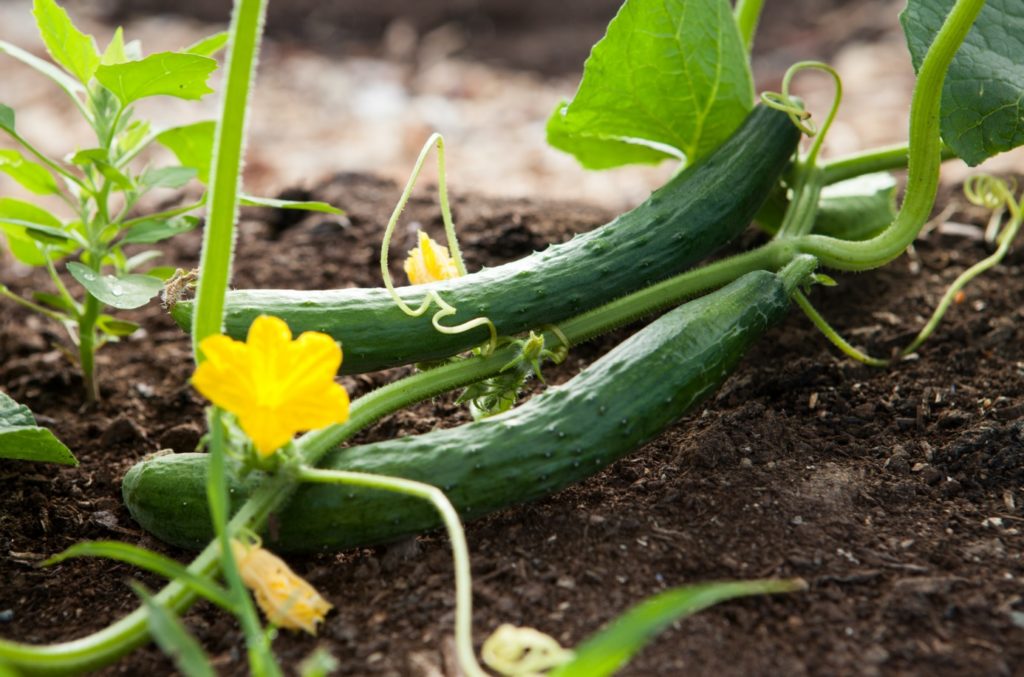
Cucumbers are perhaps one of the most popular choices for vertical gardening due to their natural vining habit and refreshing taste. Native to South Asia, these plants flourish when given ample vertical support, where they elegantly twirl around trellises, fences, or even specialized garden towers. I’m always impressed by how a well-supported cucumber vine can transform a plain vertical space into a lush, productive canvas!
Their climbing tendrils not only secure them to their supports but can also create tiny microhabitats that attract beneficial insects, subtly contributing to pest control by encouraging natural nesting. Cucumbers are typically non-invasive when managed properly, though they do require consistent pruning to ensure that the fruit grows large and straight. The satisfying blend of aesthetics and practicality makes cucumbers a fantastic addition to any vertical garden project!
Malabar Spinach

Malabar Spinach is a vibrant, climbing green that brings a burst of color and texture to vertical garden setups. Native to tropical regions of Asia and Africa, this heat-tolerant vegetable is not related to true spinach but offers a similar nutritional profile with an exotic twist. I find it invigorating to watch Malabar Spinach twirl up trellises, its fleshy, heart-shaped leaves creating a lush, cascading display that is as beautiful as it is edible!
Beyond its visual appeal, Malabar Spinach’s climbing habit helps create small pockets where beneficial insects might take refuge, contributing to a well-balanced garden ecosystem. It’s not known to be invasive, making it a safe and manageable option for gardeners of all skill levels. With its striking foliage and versatility in the kitchen, Malabar Spinach is a must-have for anyone looking to add a tropical, vertical dimension to their vegetable garden!
Eggplant
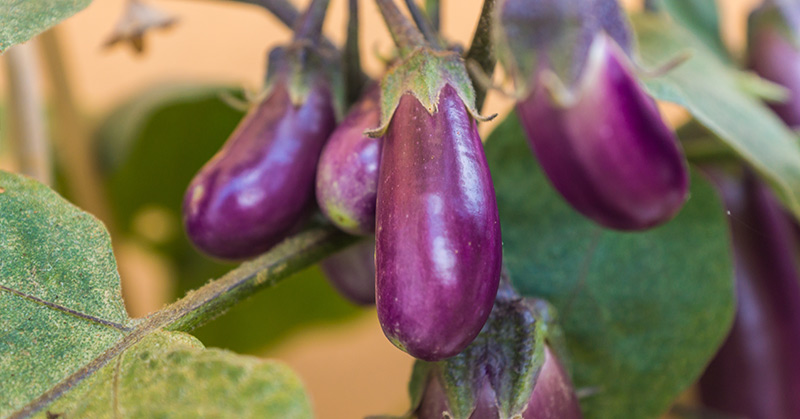
Eggplant, especially the slender varieties suited for vertical training, brings an unexpected elegance to a vertical garden. Native to the Indian subcontinent and parts of Asia, eggplant has been cultivated for centuries for its glossy, deep purple fruits and its striking ornamental foliage. I love how eggplant plants, when staked properly, can transform a narrow wall into a cascade of lush leaves and beautiful, show-stopping fruit!
Their upright growth and robust structure sometimes create microenvironments that encourage the nesting of tiny beneficial insects, adding an extra layer of ecological interest. While eggplant is generally well-behaved and non-invasive in a controlled garden, regular pruning is essential to maintain its form and ensure optimal fruit production. Embracing eggplant in your vertical garden not only rewards you with a delicious harvest but also enhances the visual drama of your green display!
Peas
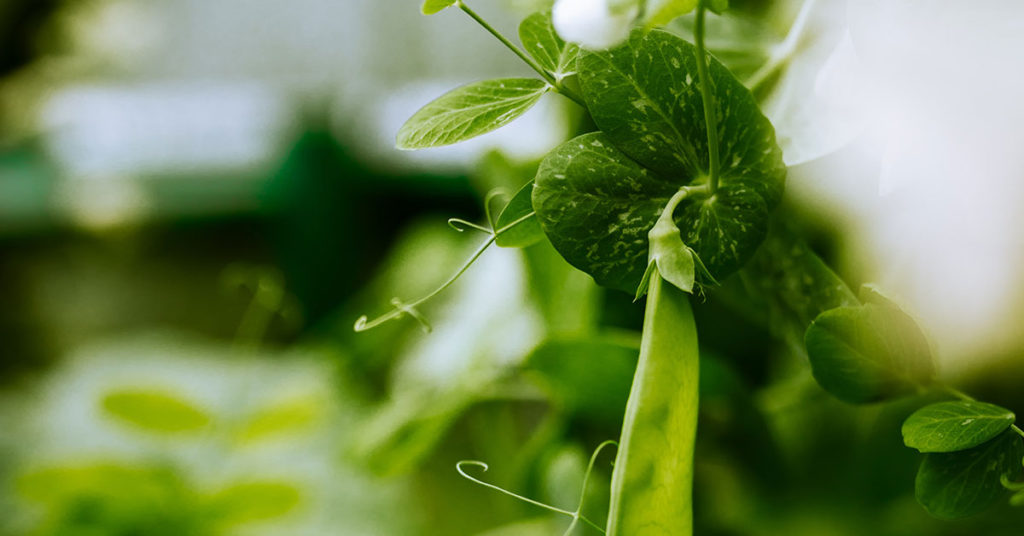
Peas, particularly the climbing varieties, are an excellent addition to vertical gardens, offering sweet, tender pods and an endearing climbing habit. Native to the Mediterranean and parts of Asia, these plants flourish when provided with a trellis or support structure, allowing them to twist and curl upward with ease. I find the gentle, upward sweep of pea vines to be a charming and efficient way to utilize vertical space in the garden!
Their delicate tendrils can also serve as tiny shelters for beneficial insects that contribute to a balanced garden ecosystem, although peas themselves are not known to be invasive. Regular harvesting and occasional support adjustments ensure that these plants remain productive and well-groomed. With their crisp, fresh flavor and delightful climbing behavior, peas make a wonderful, space-saving choice for any vertical gardening enthusiast!
Gourds

Gourds are not only visually striking but also incredibly versatile, making them a fun and functional choice for vertical gardening. Native to tropical regions of Africa and Asia, many gourd varieties naturally climb and can be trained along trellises or fences to create a living work of art. I’m continually amazed by the way these ornamental vegetables twist and sprawl, adding both a whimsical and practical element to a vertical garden design!
Their sprawling vines can sometimes form natural crevices that attract beneficial insects, providing discreet nesting spots that help maintain a balanced garden ecosystem. Although gourds are generally non-invasive when grown in a confined vertical system, it’s important to monitor their growth to prevent overcrowding. Incorporating gourds into your vertical garden not only enhances the space with unique shapes and textures but also offers a rewarding harvest for those who love creative gardening!
Zucchini
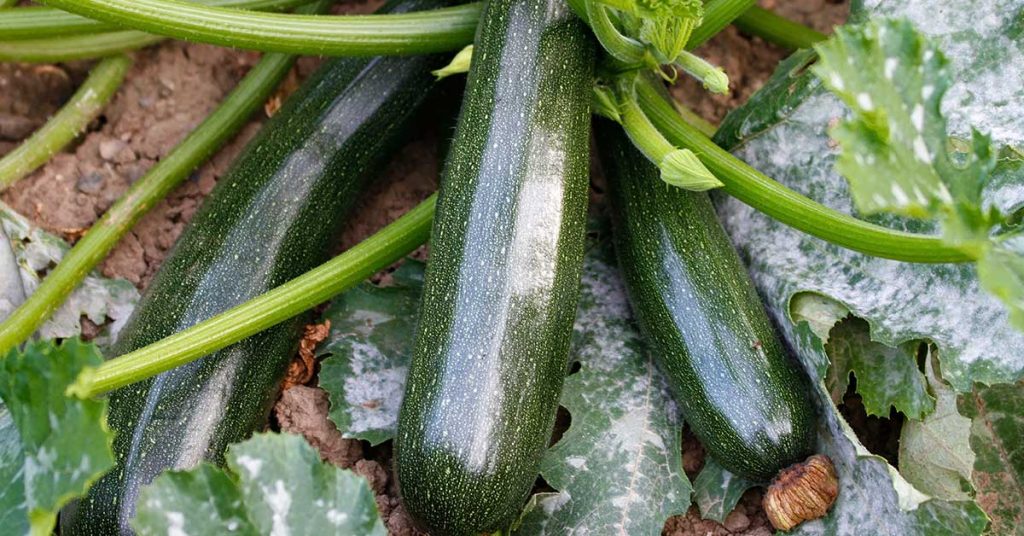
Zucchini, while traditionally known for its sprawling habit, can be successfully adapted to vertical gardening with the right support and training. Native to the Americas, zucchini plants can be coaxed into an upward trajectory when provided with a robust trellis or wire system, freeing up ground space while still delivering a prolific harvest. I’ve experimented with vertical zucchini in my own garden, and the results are both space-saving and visually impressive, with the vines gracefully ascending in a controlled manner!
Their vigorous growth and broad leaves sometimes create sheltered niches that attract beneficial insects, adding another layer of ecological intrigue to your vertical garden. Although zucchini is not considered invasive, its tendency to produce abundant foliage means that regular pruning is essential to maintain its vertical form and ensure optimal fruit production. For gardeners looking to innovate with familiar favorites, vertical zucchini offers a fresh take on a classic vegetable, combining practicality with a dash of modern style!


